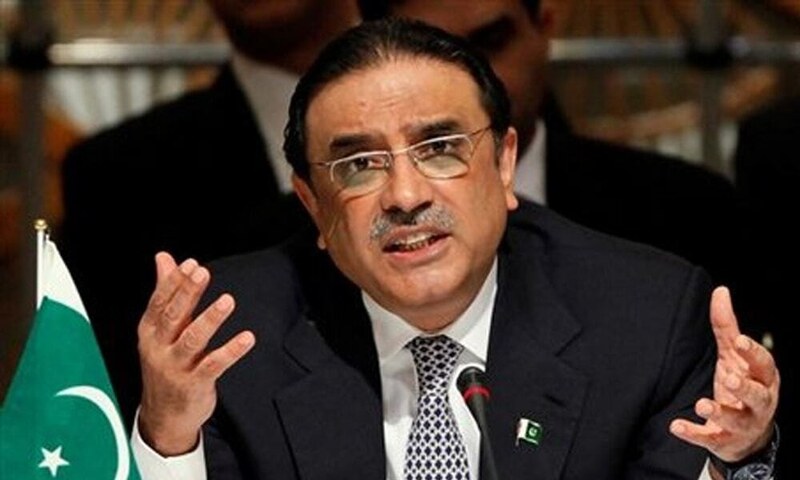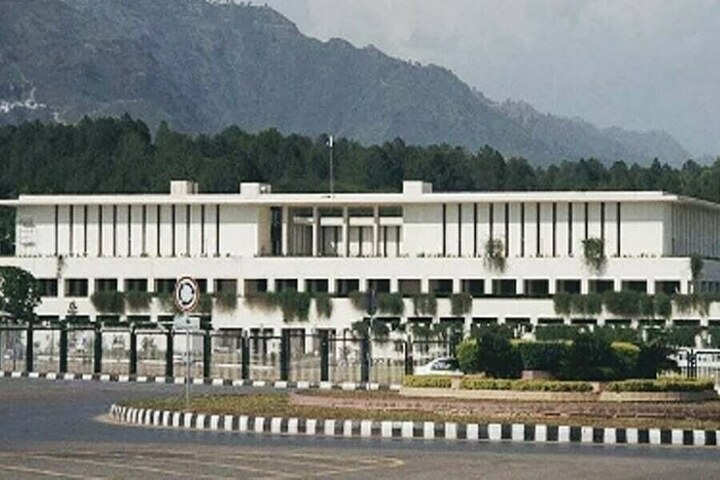By Lottie Twyford
Copyright abc

At an anti-immigration rally held in Queensland’s north late last month, a young man in the thick of the crowd spoke into a microphone, saying he wouldn’t be able to buy a house due to “mass migration”.
The comment, which was caught on video, was met by cheers from those around him who heard it blared through a megaphone.
And he was far from alone in sharing that view, with the link between house prices and migration a common theme expressed by participants at similar rallies around the country.
Some working in the construction industry aren’t sure that’s the right approach, with industry bodies warning they’re facing the opposite problem – not enough skilled workers to build the numbers of homes needed.
“Immigration is putting pressure on housing, but perhaps not the way people think it is,” Master Builders Australia chief executive Denita Wawn said.
“We simply have not had enough skilled migrants coming into this country to help us build what we need to build to resolve our housing crisis.
Ms Wawn described that crisis as one which had been “decades in the making”. While she acknowledged it was partly attributed to population growth, she said a more “nuanced” approach was needed which would also take into account government policies.
Calls to streamline process
Ms Wawn estimated a quarter of the country’s construction workforce were migrants. But she said that numbers were dwindling, with only 5 per cent of new entrants to the industry in the past five years having been from overseas.
Partly to blame for this, she said, was the difficulty of getting overseas qualifications recognised and the length of time the process took.
“We know that it takes anywhere between 12 to 18 months to get your skills recognised. It costs a lot of money and then, of course, if you need to do gap training, it’s also expensive as well,” Ms Wawn said.
Ms Wawn pointed to Canada, New Zealand and the United Kingdom as places which had successfully streamlined its recognition processes.
“The government is recognising these problems, [it’s] working hard,” she said,
“It’s one of the things that was identified during economic reform roundtable, but we need that process sped up as quickly as possible.”
Ms Wawn said the industry was also working hard to attract young Australians into the industry, but it wasn’t going to be enough without migrants, too.
“We’re looking at carpenters … plumbers, electricians, tilers, plasterers, roofers etc. … the list goes on.”
The federal government’s skilled occupation list includes a number of construction roles.
Brisbane-based carpenter George Thomas migrated to Australia from the UK a decade ago — mostly attracted by the warm weather — and remembers only too well the hoops he had to jump through.
Mr Thomas had worked as a builder in the UK for 10 years before he moved to Queensland on a skilled visa after falling in love with the country on his travels.
It took around 18 months for his visa to be processed and approved with the help of a migration agent.
“I had carpentry qualifications in the UK. They recognised them over here … I had to do a couple of tests and exams just to prove that,” he explained.
“And then I was transferred to a Certificate III in carpentry in Australia.”
These days, Mr Thomas runs his own business, which he estimates to be about 60 per cent reliant on contractors who have themselves migrated to Australia.
“We’ve got, you know, Australians that have migrated from other places within Australia, usually for the weather,” he said.
“I’ve got people from Ireland, other people from the UK.”
The latest Australian Bureau of Statistics (ABS) data showed Queensland had the largest increase in population in the five years to June 2024 of any state or territory — a factor attributed to the impact of COVID-19 border closures in New South Wales and Victoria.
In 2023-24, net overseas migration was the largest driver of population growth in the state, followed by interstate migration.
Almost 75,000 people moved from overseas to Queensland in that period, while almost 30,000 people shifted from interstate.
Earlier this month — in the wake of those same anti-immigration rallies — the federal government announced the number of migrants granted permanent residency in Australia would not change this financial year.
Immigration minister Tony Burke said at the time the government would again prioritise skilled migrants, who accounted for more than two-thirds of the 185,000 spots granted.
‘Short term solution’
In Queensland, the Housing Industry Association (HIA) agreed there simply weren’t enough workers to build not only the homes needed, but to support the impending major civil and Olympic Games infrastructure program.
HIA Queensland executive director, Mike Roberts, said he believed the concerns about housing and the impact of migration on housing were “legitimate”.
But he said the government should be targeting the skills needed to build houses in its migration program.
Mr Roberts said data indicated 2026-27 would coincide with a “peak demand” for skilled labour, meaning there simply wasn’t time to train new workers.
“That means we need a short term solution,” he said.
Mr Roberts said he’d also heard of the difficulties in transferring licences and qualifications from overseas, and that it was leading some businesses to simply do it alone.
“Private businesses are doing it themselves, they are going overseas and bringing in overseas workers because the government is not currently getting the range of skilled labour we need,” he said.
A Department of Home Affairs spokesperson said 15,524 skilled visas were granted to workers in the construction sector in the 2024-25 program year, which is the highest in the last 10 years.
“The government is committed to supporting the construction sector to fill skills shortages where no suitably qualified Australians are available,” they said.
The spokesperson said the Skills in Demand visa had replaced the Temporary Skill Shortage visa which provided visa holders with “greater labour mobility and clear pathways to permanent residence”.
The new visa has a core skills stream which is available to those with occupations identified by Jobs and Skills Australia as being “in shortage and where migration is an appropriate solution”.



